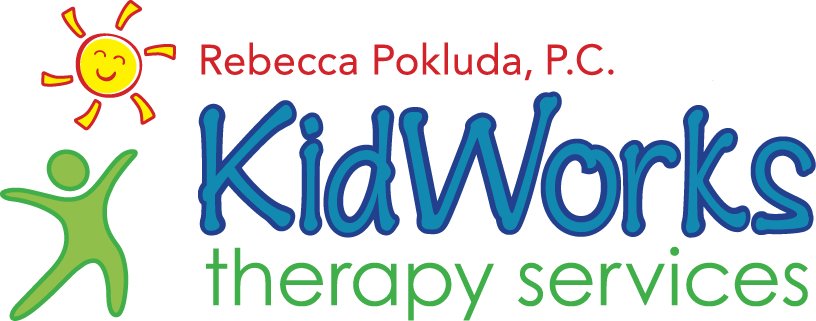What is DIR/Floortime?
D: Development Levels- The D(Developmental) part of the model describes the building blocks of this foundation. Understanding where the child is developmentally is critical to planning a treatment program. The D part of DIR refers to the Functional Emotional Developmental Level of the child. It is also essential to take into consideration the motor, emotional, language, and social developmental levels.
I: Individual Differences The I ( Individual Differences) part of the model refers to the neurological makeup of what makes us unique. The term describes the various processing issues that make up a child's individual differences and that may be interfering with his ability to grow and learn.
R: Relationship- The R(Relationship-based) part of the model describes the learning relationships with caregivers, educators, therapists, peers, and others who tailor their affect based interactions to the child's individual differences and developmental capacities to enable progress in mastering the essential foundations.
DIR/Floortime was begun by Dr. Stanley Greenspan. As a framework for treatment the Development, Individual, Relationship- DIR model gives parents, teachers, and clinicians complete a comprehensive assessment develop an intervention strategy tailored to the strengths and weaknesses for the children that we serve. The Developmental components are the foundation of the model and describe the milestones that each child must master to have healthy emotional and intellectual growth. Early developmental milestones are building blocks that eventually lead to the ability to empathize with others and have mastery of academic skills. The Individual differences component describes the biologically based differences in the way a child processes, responds, and comprehends sensory information. It also accounts for other biologically based issues that may interfere with child's ability to grow and learn. The Relationship component describes the relationship between the child and caregivers, teachers, and clinicians in which we tailor our affect to continue to engage and motivate the child to progress in mastering these foundational skills.
For more information about DIR/Floortime, please visit www.icdl.org
Why Did KidWorks adopt the DIR/Floortime model as a framework for our clinic?
As Occupational, Speech, and Physical therapists working with children, we are taught to use the child's interest to engage that child in a challenge that will help meet their functional goals (or outcomes.) It is well researched that when a child is engaged, connects on a relationship level, and is enjoying what they are participating in their brain is able to recruit more neuronal activity for that task and creates a capacity for a stronger therapeutic value of that tasks globally. We also know that every person has differences in the way that they process sensory information, and we utilize various sensory/regulatory strategies to help children maximize their function in home and community environments. After learning about DIR/Floortime, it seemed like a natural fit to utilize Floortime strategies as another component of our therapy sessions. The DIR model is based off of the principles of individual differences and relationships, components that we already were utilizing in our therapy sessions, but the DIR/Floortime model gave us a further understanding of the foundations of learning and social emotional development. By incorporating these techniques, we feel like we are able to have a more holistic view of the child and family unit, enhance the quality of a child's play and problem solving, and assist families with developing social emotional capacities to improve family relationships.
If you have further questions about how we are utilizing the DIR/Floortime approach, please contact Rebecca Pokluda at 512-444-7219
